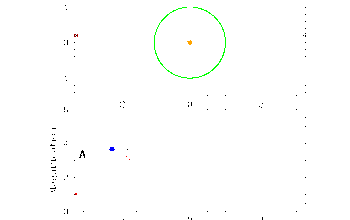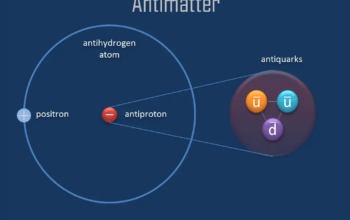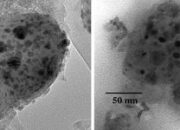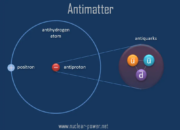The Large Electron-Positron Collider (LEP), a remarkable feat of engineering and scientific innovation, stands as a testament to the ceaseless quest of humanity to unravel the mysteries of the universe. Established at CERN from 1989 to 2000, this colossal collider not only exemplified cutting-edge technology but also ushered in a period of significant advancements in particle physics. As the LEP draws its final curtain, it embodies both a conclusion and an invitation to rethink our understanding of subatomic particles. This transition elicits a profound contemplation of the legacy it leaves behind and the profound implications for future endeavors in particle physics.
LEP’s construction marked a pivotal moment in the field, employing groundbreaking techniques in accelerator physics. It was the world’s largest electron-positron collider, operating at an energy level that facilitated unprecedented interactions between particles. Such energetic collisions enabled scientists to delve into the properties of the Z boson and the W boson, fundamental constituents of the Standard Model of particle physics. Through these investigations, LEP provided irrefutable evidence for the electroweak theory, consolidating the integration of electricity and magnetism at the subatomic level.
A significant aspect of LEP’s scientific triumphs stemmed from its ability to produce copious amounts of data. The collider generated approximately 1.5 million events per day, enabling researchers to dissect interactions at an unparalleled scale. The collaborations that emerged from LEP’s experiments revealed new insights into the behavior of matter, the nuances of antimatter, and the enigmatic concepts of dark matter and energy. These developments not only fulfilled existing theoretical predictions but also acted as pillars that support further inquisitive pursuits in high-energy physics.
However, as the LEP concludes its operational era, the scientific community finds itself at a crucial crossroads, compelled to reevaluate its methodologies and epistemologies. The transition away from LEP necessitates a shift in perspective, urging physicists and researchers to internalize the knowledge accumulated over its decade-long tenure. The Collider’s capability to deepen our comprehension of particle interactions lays the groundwork for future colliders, such as the Large Hadron Collider (LHC), which has since taken up the mantle of exploring energy scales previously thought inaccessible.
Moreover, the shift towards LHC exemplifies a Darwinian evolution in experimental physics, whereby LEP provided essential insights that informed the design and objectives of its successor. The transition reveals a multifaceted understanding of scientific progression; each endpoint heralds new beginnings. This linear narrative convolves with recursion in science, where past experiments illuminate present investigations, leading to discoveries yet unimagined.
The departure from LEP also places greater emphasis on interdisciplinary collaboration, merging theoretical paradigms with experimental limitations. Physicists are now prompted to synthesize knowledge across vast domains, necessitating dialogues with cosmologists, mathematicians, and computer scientists. Such collaborations hold latent potential to unravel complex phenomena like neutrino oscillations, or the discovery of the Higgs boson—a milestone in modern physics directly linked to the cumulative work initiated by LEP.
One cannot overlook the societal implications of this evolutionary trajectory. With each scientific advancement that emerges from particle physics, there lies a ripple effect influencing technology, medicine, and our general understanding of the universe. The technologies developed to facilitate the operations of LEP now permeate various sectors, enhancing medical imaging techniques and revolutionizing data processing methodologies. The legacy of LEP thus transcends pure academic achievements, bridging science with tangible societal benefits.
As we bid farewell to LEP, it becomes imperative to consider the philosophical dimensions of such closed chapters in scientific epochs. Are we closing the door solely on a piece of machinery, or are we also marking the end of a paradigm that defined an era? This contemplation elucidates the necessity for scientific humility; with every conclusion lies the likelihood of future inquiry spiraling from the recesses of the unknown, much like the expansive nature of the universe itself.
In summary, the conclusion of operations at the Large Electron-Positron Collider signifies a profound juncture in the narrative of particle physics. The monumental contributions of LEP have indelibly shaped the contours of our understanding of the universe. As the scientific community transitions towards new horizons, the end of LEP invites not despair but curiosity; a curiosity that beckons to probe further into the intricacies of reality. With this farewell lies a beacon illuminating the path for future discoveries, reminding us that in the realm of knowledge, endings are but precursors to novel beginnings. The legacy of LEP will continue to resonate within the annals of particle physics, guiding burgeoning scientists as they embark on the quest to unlock the universe’s most profound secrets, ensuring that the spirit of inquiry remains undiminished.








